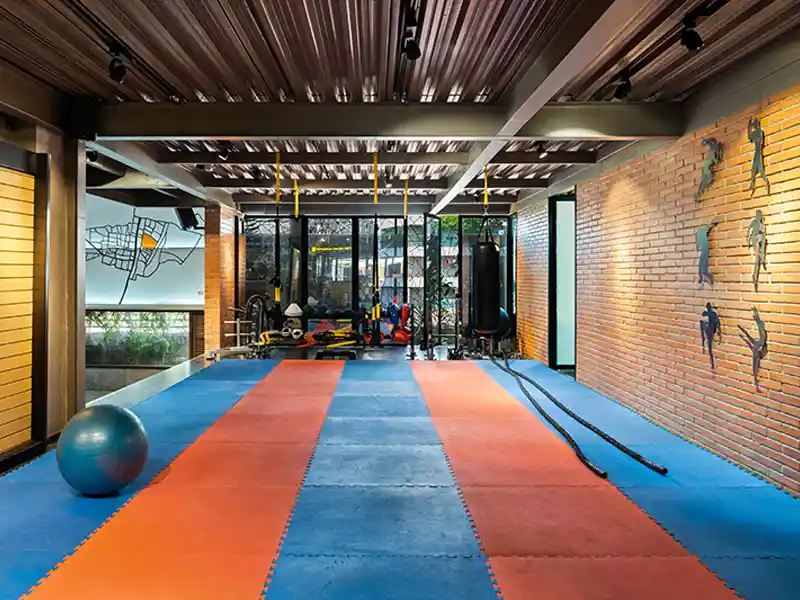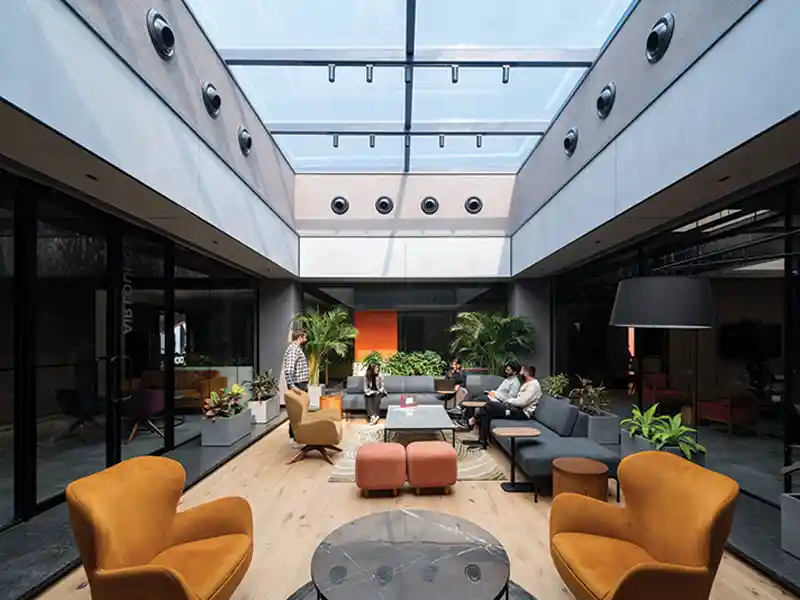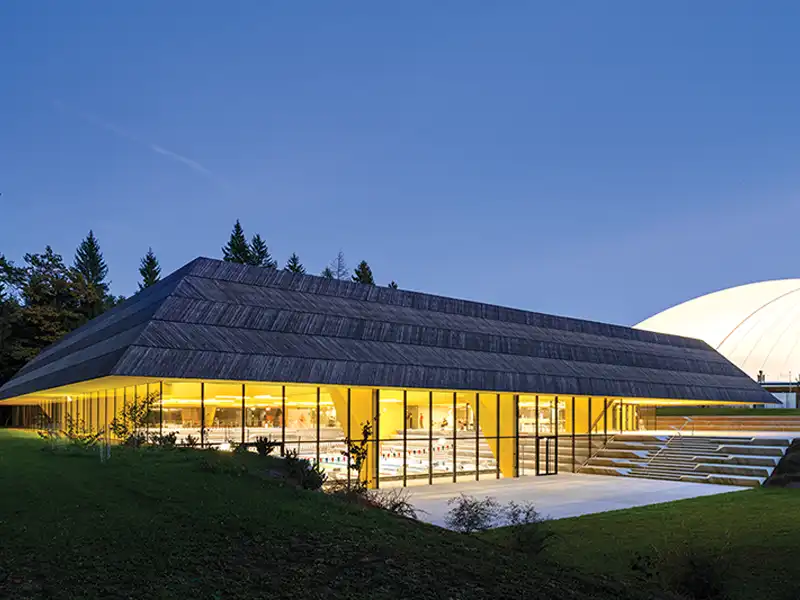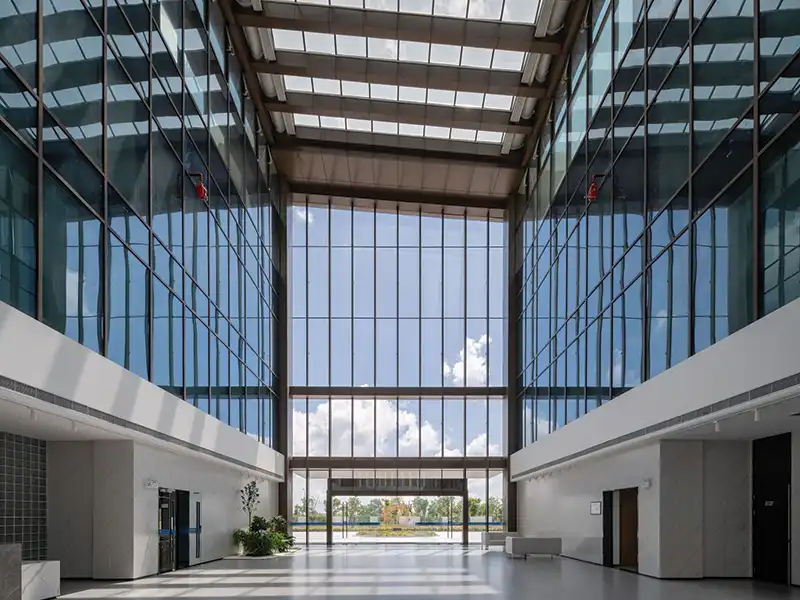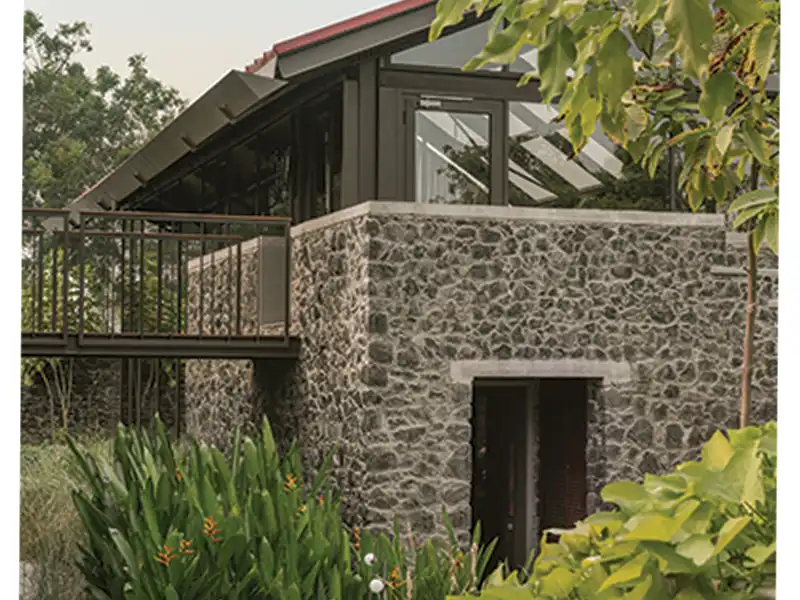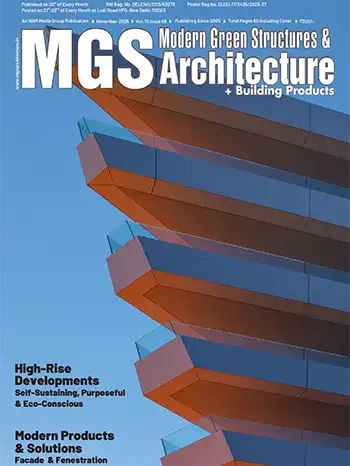by Jenis Makwana, Founder & CEO, DezignCo
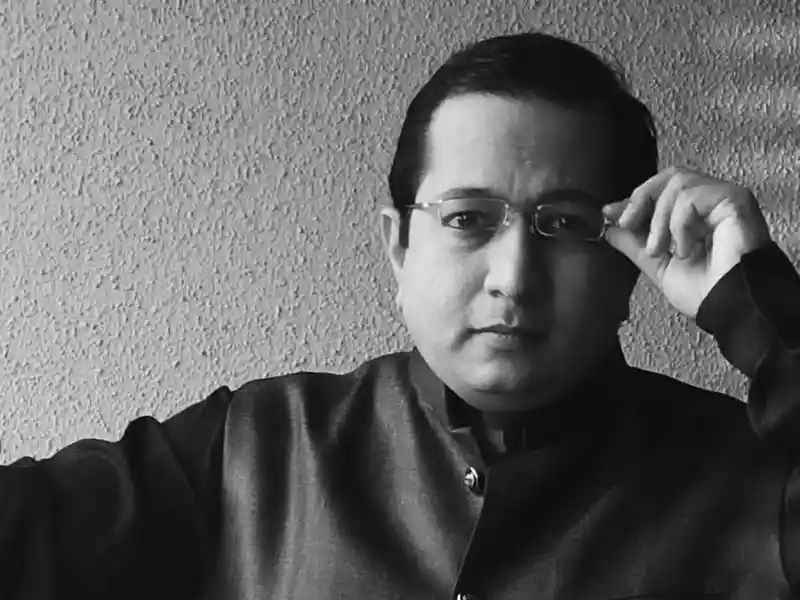
The Emotional Blueprint
Every space has a story. It’s written not in words but in light, material, proportion, and mood. A well-designed room has the power to evoke emotion — a quiet calm in a spa-inspired bathroom, a burst of optimism in a sunlit café, or a nostalgic warmth in a heritage hotel.The term 'Interior Designer' has evolved just as the infrastructure industry has. Today, buying a house is not merely a necessity but an expression of lifestyle and an upgrade. Likewise, designing a space is more than just selecting architecture or artefacts—it involves thoughtful consideration of every wall, colour, and corner to create a lively environment that reflects your personality, culture, and behaviour. Interior designers should use emotion as their primary medium, rather than relying solely on catalogues or drawings. Their process begins not with a mood board, but with a conversation—seeking to understand the person at the centre of the space.
Whether it’s a home, a boutique, or a hospitality destination, the question guiding modern design thinking is no longer What should it look like? But how should it feel? That conversation, idea sharing and educating the client for the better result transform a physical space into an experience.
Designing Beyond the Visual
Interior design is more than just art or work—it's a multisensory experience. Like savoring a cup of tea at sunset, beachside, as warm rays touch your heart and set the mood. It's the tactile comfort of a linen sofa inviting you to relax, and daylight filtering over textured walls, creating a dynamic rhythm throughout the day.In retail, this sensory choreography can translate to brand engagement. In workplaces, it can mean productivity and well-being. And in hospitality, it becomes the invisible language that keeps guests coming back — not because they remember the décor, but because they remember how it made them feel.This is the new currency of design — emotion over embellishment.
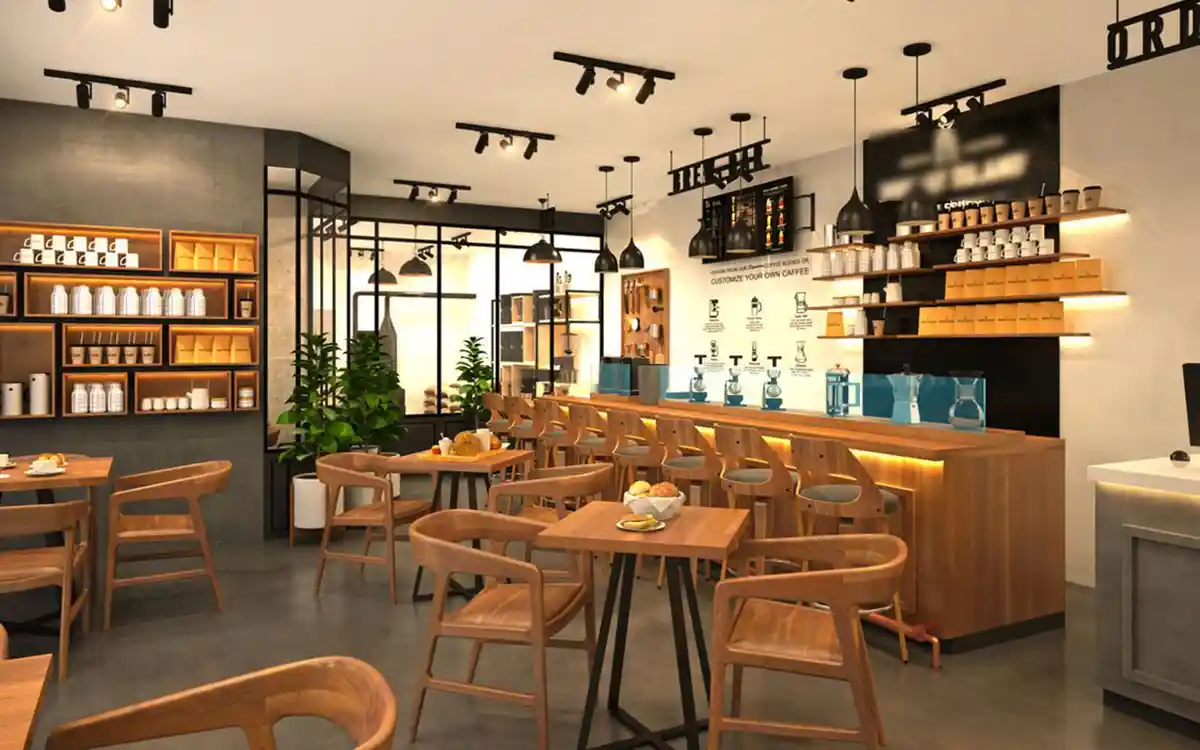
From Functionality to Fluidity
As our lives change, the places we spend time in change too. These days, designers aren’t tied to fixed ideas of what a “living room” or “office” should be. Instead, our spaces feel more personal and flexible than ever.Our homes now bring together work, relaxation, and self-care all in one. Shops double as cosy cafes or art galleries. Even restaurants invite us in not just for great food, but for experiences worth sharing with friends and family. Looking ahead, design is all about shaping spaces that grow with us and fit around our lives, rather than the other way around.
The Science of Experience
Behind every meaningful design is a blend of insight and careful planning. Spaces that truly connect with people start with logic—how rooms flow, how sound is managed, how lighting sets the mood, and how comfortable the environment feels.Bringing natural elements indoors can make places calmer and spark creativity. Smart home features now quietly fit into our routines. When choosing materials, how they feel matters just as much as how they look. In short, design is an ongoing conversation between new technology, sustainability, and the feelings we want our spaces to inspire.
The Business of Feeling
For brands, developers, and homeowners, interior design has become a way to truly stand out. Where the goal used to be just selling a product or property, the focus is now on creating experiences that capture a sense of identity and aspiration.A hotel that feels genuine will always do better than one that simply looks fancy. A retail space with a story keeps customers coming back, not just buying once. And a home that expresses who its owner is will always feel relevant—unaffected by fads or time. So, design isn’t just about appearances anymore. It’s a business of feeling and connection.
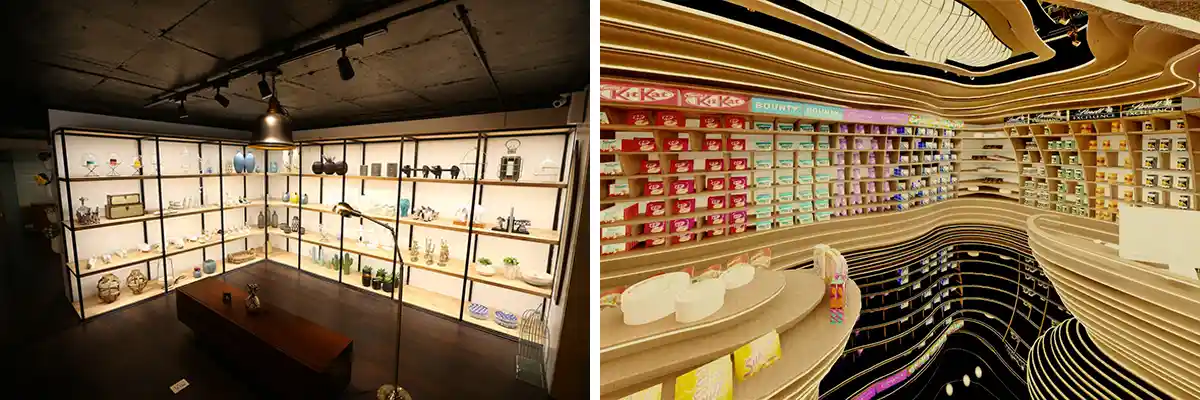
Design as Memory
At its heart, great design endures. Long after you leave a space, its essence remains with you—the interplay of light, the warmth of textures, the quiet comfort of balanced proportions.That is the magic of experience-driven design: it doesn't demand attention; it invites you to feel. And in that feeling lies the true power of interior design — not as a transaction, but as a transformation. Because in the end, while anyone can sell a space, only design can create an experience worth remembering. Beyond design, beyond spaces, beyond interiors—this is the true essence of transforming a space, creating an environment you can truly feel and connect with.




